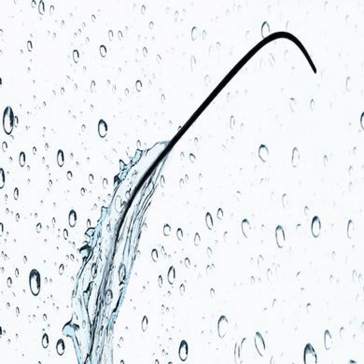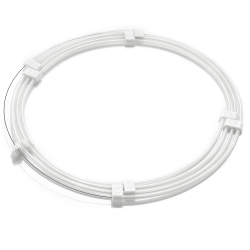Hydrophilic Guidewires are medical devices used in various applications such as intravascular procedures. They are designed to have low friction surfaces, which is achieved by applying a hydrophilic coating. This coating provides good biocompatibility, good wetting, low protein adsorption, and low risk of thrombogenesis.
Tabeeb hydrophilic guidewires consist of three main parts: a central core, a polymer cover that is coated on the core, and a hydrophilic coating that is created on it. The central core of the guidewire is made of nitinol alloy and a cover made of polyurethane mixed with tungsten, which makes it visible under fluoroscopy, is drawn on this core. On the cover, a coating of a material with hydrophilic properties is created, which reduces the friction of the wire body. Tabeeb Hydrophilic guidewires facilitate access to the most tortuous anatomy, providing the control, visibility, and exceptional design symmetry enabling interventional cardiologists to maneuver through difficult lesions.
Hydrophilic Guidewire

Length: Tabeeb hydrophilic guidewires are available in lengths of 150, 180 and 260 centimeters .
Diameter: Tabeeb hydrophilic guidewires have a diameter of 0.035 inch, which is compatible with most balloon catheters or other interventional devices.

Return





